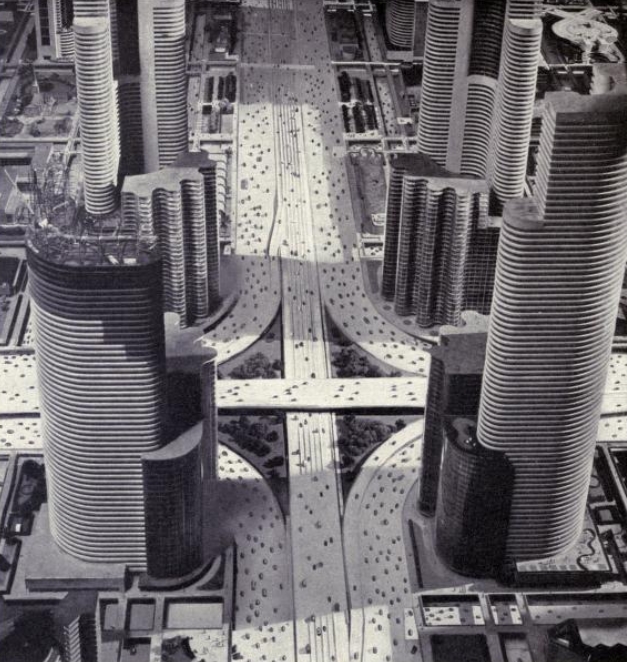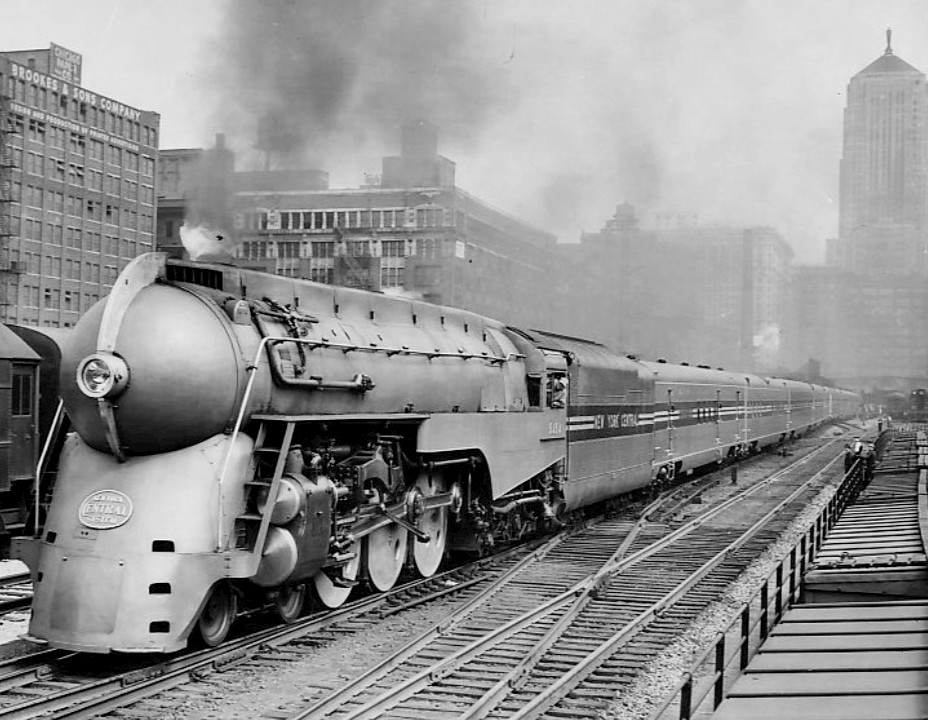American car industry turned public transportation
In smaller American cities one thing is missing, which you encounter everywhere in the Netherlands. In addition to cycle paths of course, that is public transport. Why is public transportation in the US so bad? A story of capitalism, but completely out of control.
Contents
The collapse of American public transportation
That, while in the thirties and forties American public transportation was among the best in the world. At that time, an American made on average more trips by public transport than a German. At that time there were fancy passenger trains that could take you across America from New York to San Francisco. In the cities there were tram lines, with which the workers went to the factory or office and the housewives went shopping.
Little was left of this lead. In 2010, even after taking all other factors into account, Germans used public transportation five times more than Americans.
To give you an idea, the average American uses public transportation 24 times a year. The next country, the Netherlands, with 51 trips more than twice as many. (That number is probably so low in the Netherlands, because we cycle so much here.) The record holder is Switzerland, even with 237 times a year.
This makes America exceptional among the rich countries. Why did public transportation in America collapse in the 1950s?
The successful lobby for highways

The United States is not known as a country with beautiful old buildings. This is largely due to the demolition rage of Americans in the 1950s. The car was synonymous with progress and everything had to make way for it. Cozy streets in the city center? Get rid of that old junk, time for a parking space.
When many tram lines made losses in the crisis of the thirties of the last century, these companies went bankrupt and the tram rails disappeared. The car manufacturers were not sorry about this, because it opened up a huge market. Led by auto giant General Motors, they started a lobbying group, the National Highway Users Conference, to prevent the same from happening to highways.
Hitler’s Autobahn is followed
Successfully. Then-US President Dwight D. Eisenhower, who had fought as a general in Germany, was deeply impressed by Hitler’s Autobahn over which the Nazis could move troops quickly. He thought: I want that in the US too. So it was not very difficult for the car lobby to persuade Eisenhower.
These would not be toll roads, but ‘freeways’. Free to drive, but of course paid for by the taxpayer. The plan was to build a huge network of these toll-free highways, the Superhighways, right across the United States. This would be financed by taxes on gasoline. And so it happened.
“City Improvement”
Another nice side effect was that all kinds of shabby neighborhoods, where Irish, blacks, Italians and other non-Anglo-Saxon losers lived, could be demolished to build huge cloverleaves, driveways and other parts of highways. As a result, cities were cut into pieces by highways and became unlivable for anyone without a car. Gasoline taxes in the United States are so low that nothing came of funding the highways. Incidentally, here in the Netherlands they are profitable due to the higher excise duty.
In short, the successful lobbying of the auto industry improved American cities so irreparably that you had to have a car to get around. Golden years for the automakers in Detroit, of course. But with public transport it went further and further downhill. Property developers tempted workers to move to the suburbs. These suburbs, with large detached houses with a large garden, are so vast that you need a car to get around.
Hostage between the highways
Now that oil is getting more and more expensive and the environment is quite a thing, more and more Americans are starting to realize that maybe it wasn’t such a smart thing to do it that way. But unfortunately they are now trapped between huge highways; lost in sprawling suburbs.
When gas was still cheap, that wasn’t much of a problem. But even with the low American taxes, you can easily pay a euro per liter of dinosaur juice there. If you are the “lucky” owner of an American SUV that drives 1 in 10, then you better ask your boss for a good raise.


